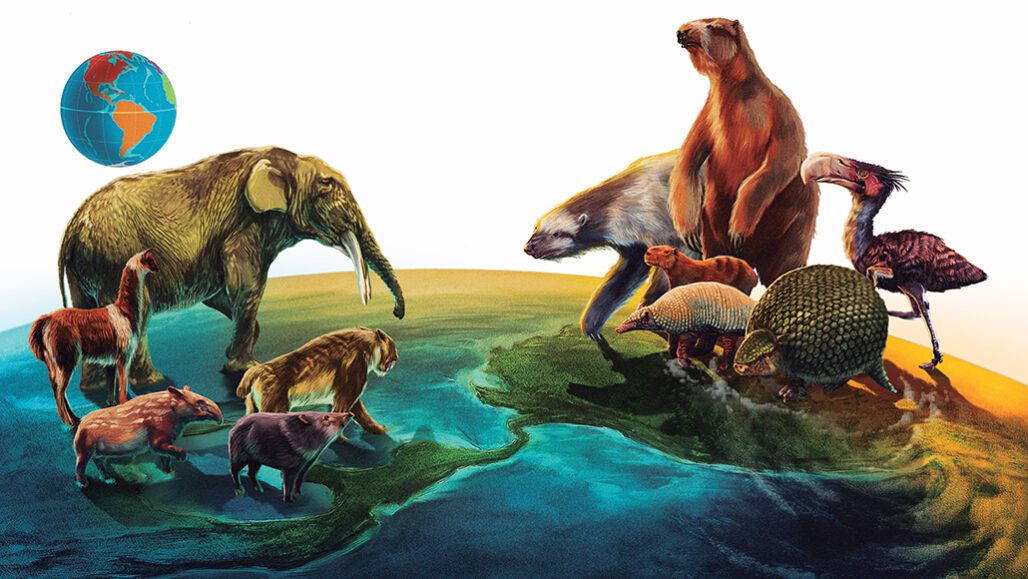Fossils represent fantastic learning tools for researchers, allowing them to take a look into the past. For this reason, the scientific community was glad to discover three new species of mammals from ancient time. The discovery was made in the Great Divide Basin in Wyoming, and it appears that the remains date from 66 million years ago, after the disappearance of dinosaurs. A paper published in the Journal of Systematic Palaeontology provides more details about this discovery.
According to researchers, the fossils belong to the ancestors of animals such as cows, hippos, horses and other animals with hoofs that live nowadays. The discovered mammals are known as condylarths, and it appears that they managed to outlive dinosaurs. Researchers also explained that mammals living during that time were very tiny, similar to mouses in size, while those discovered recently were quite larger.
The largest mammal out of the three is Beornus honeyi, and scientists believe its size was around that of a domestic cat. The name was inspired by a character from Tolkien’s The Hobbit, a skin-changer named Beorn. The other two species are Conacodon hettingeri and Miniconus jeanninae. It is believed the disappearance of dinosaurs helped such species evolve faster, as they began to have access to new food and spaces that were not accessible before. As a consequence, the mammals quickly increased their body size.
“Perhaps surprising to me is that we (the greater mammalian paleontology community) kind of thought we had those first few hundred thousand years of the Paleocene figured out — who the key players were and when they show up in the fossil record. But, I think the locality in the Great Divide Basin is showing us that we haven’t fully captured the mammalian story (and diversification) right after dinosaur extinction. The story isn’t finished,” added study co-author Jaelyn Eberle.












Leave a Reply